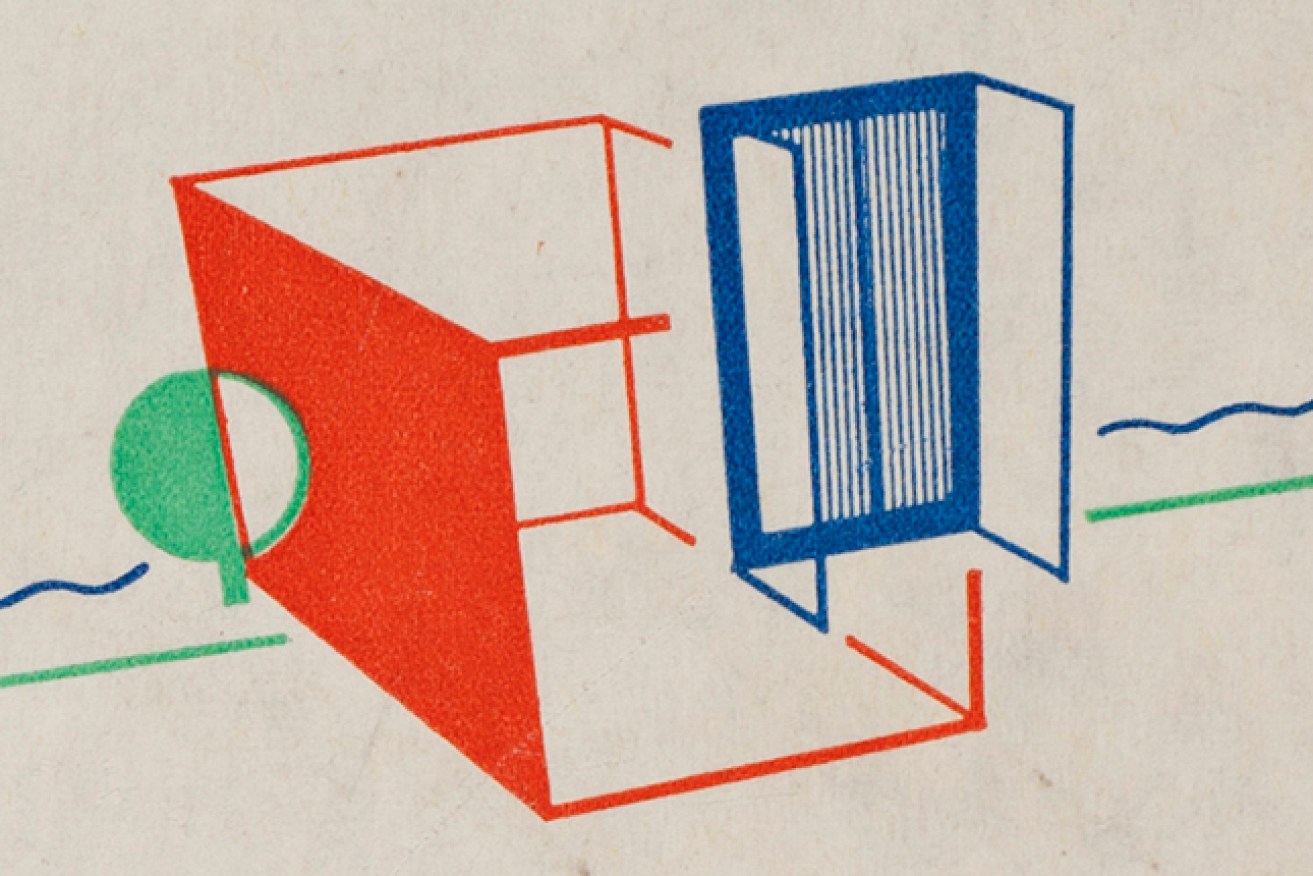
‘What is a modernist garden?’ you might ask. As yet there is no definitive answer. The words ‘modern’, ‘moderne’ and ‘Modernism’ (often capitalised to denote its self-importance!) are frequently used interchangeably, to say nothing of ‘contemporary’, ‘functional’ and ‘international’. In truth, all of these words—in context—have some validity.
Many gardens have been described as ‘modern’, from Thomas Whately’s influential book Observations on Modern Gardening (1770) to Peter Shepheard’s Modern Gardens (1953). The term ‘moderne’ is often associated with the Art Deco style, popularised by successive expositions in Paris between 1925 and 1937. And ‘international’ is generally associated with the functional modernity of architecture from the 1920s to 1970s.
This last term perhaps gives us a vital clue in distinguishing between what is modernist and what is merely modern. International style architecture developed in large part from the teachings of the German Bauhaus design school, established after the First World War. Wartime destruction had given rise to new social and physical needs, especially housing. Commonly linked was the need for health and social inclusion. New materials such as glass and steel, honesty in construction, and design where form followed function, were its axioms.
But how might these be applied to garden design? Firstly the garden might become part of the living environment, with outdoor spaces part of house planning—roof terraces in colder climates, patios in warmer. Secondly, the garden could be made functional, by the incorporation of spaces for children, edible plants, exercise or recreation, and in all of these aspects sufficient flexibility to enable change over time.
And yet, application of modernist ideals was slow to influence garden design. Art, costume, graphics, or decorative arts were all easily fabricated in a matter of days or months, whereas gardens required a time span of years. Coupled with this was an innate conservatism amongst many garden-makers, unable or unwilling to change their immediate environment as they might dress or decorate.
In Australia such conservatism exacerbated the slow uptake of modernist gardens. Decorative approaches fuelled by cubism and other art movements found some disciples, but functional European modernism was slow to filter from professional to popular minds. But with the Second World War, Australia’s worldview shifted from Europe to America, and to the casual modernism of California. Not only did this suffuse our garden making with a more climatically appropriate model but America’s optimistic outlook also suited Australia’s buoyant post-war years.
Yet as post-war development proceeded apace, opposing voices were beginning to be heard against the use of pesticides, unchecked tree clearance, urban blight. Such outrage heralded a new interest in the environment and ecology, such that by the early 1970s the foundations were being laid for a new, more sustainable form of gardening, one that continues to resonate strongly amongst a new generation.
Visit the Hawke Centre’s Kerry Packer Civic Gallery to see its latest exhibition, Cultivating modernism: reading the modern garden 1917-71, and learn more about this fascinating period of garden design. This Adelaide Fringe exhibition is open until 31 March, and is presented by the Hawke Centre, the Architecture Museum at UniSA and the Australian Garden Society.
This article, written by Richard Aitken, first appeared in Trust News, quarterly journal of the National Trust of Australia.





